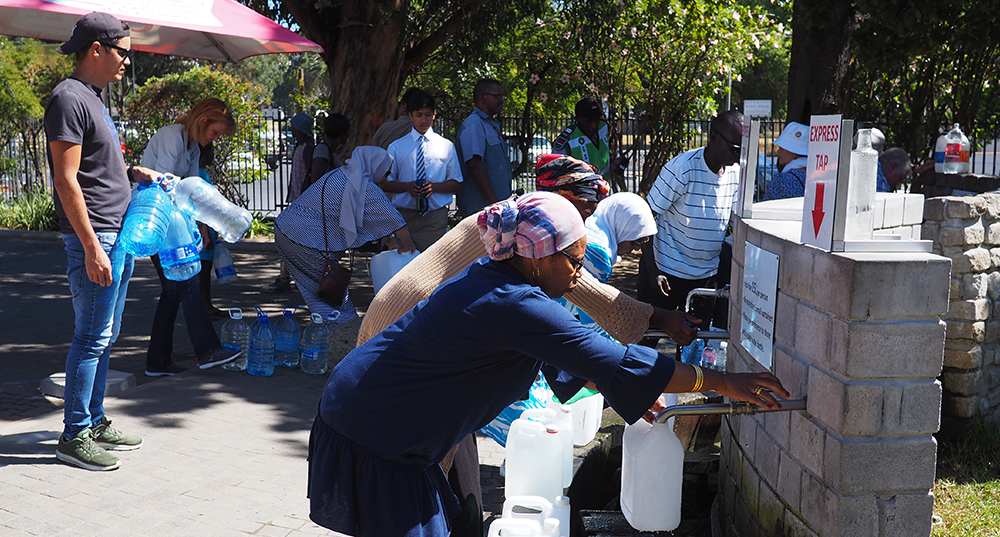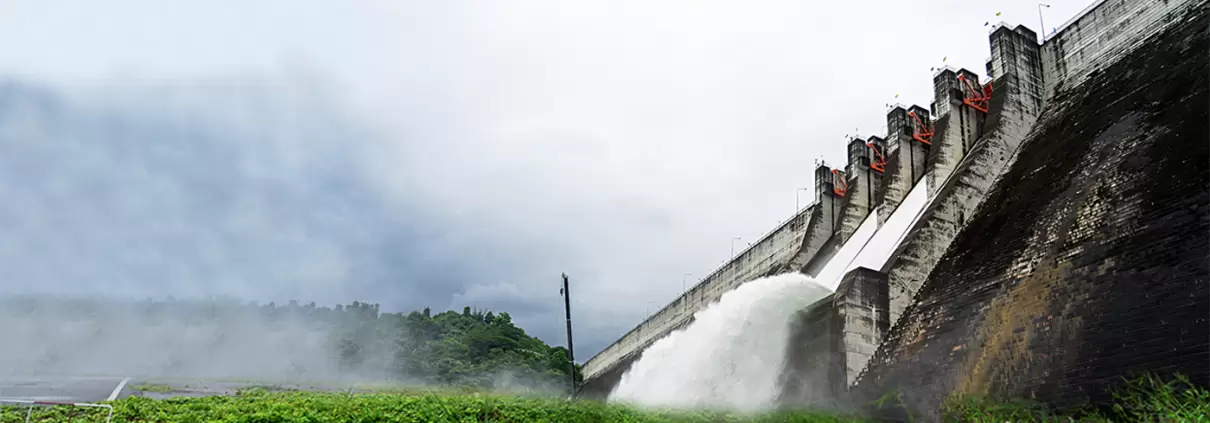How Projects Upstream have a Major Ripple Effect Downstream
Construction is over half complete on what will be the 7th largest dam in the world. The Grand Ethiopian Renaissance Dam on the Blue Nile River in Ethiopia will generate 6450 MW of electricity annually. Considered the largest hydroelectric dam in the history of Africa, once complete it will take 5 to 15 years to fill the reservoir.
Water projects of this scale often cause a political stir and this project is no exception. The other two nations downstream of the dam, namely Egypt and Sudan, have taken radically different positions on the dam. The country of Sudan welcomes the dam as a generator of regional wealth and prosperity, Egypt does not. As one of the most populated countries in the Middle East and Africa with a population of approximately 99 million, Egypt fears that the dam could significantly diminish its population’s water supply. Any kind of agreement between the parties regarding the apportionment of water has stalled. Egypt’s concern is a valid one. History is full of examples of downstream regions being impacted, both favorably and unfavorably, by human intervention upstream.
When 40% of the World’s Population Lives Near a River
Forty percent of the world’s population lives on or near a major river or tributary. Watershed boundaries rarely follow political boundaries. More often than not, rivers cross lines dividing states and municipalities. Often, communities upstream rarely consult with the downstream population before moving forward with land activity that affects water flow. A team of researchers from several universities around the world published a study in Nature Communications in June of 2017 (“Water scarcity hotspots travel downstream due to human interventions in the 20th and 21st century”) claiming that although it was reasonable to assume that upstream activities affect downstream water availability, no study to date had quantified how upstream projects effect water scarcity downstream.

Looking at the years between 1971 and 2010, this team used several different computer simulations to measure the degree to which human activities or interventions (including irrigation, land use changes, water withdrawals, reservoir management) alter water supply either favorably or unfavorably for communities downstream. The main question being investigated was the following: “Has human intervention led to a reshuffling of water scarcity hotspots, leading to changes in the exposure to water scarcity events?” In this study, HI (human intervention) means “land use and land cover change, man-made reservoirs and human water use.”
Are There Winners and Losers?
How do upstream activities affect downstream water supplies? The team ran monthly water resource simulations using five global hydrological models (GHM). The GHMs integrated historical climate datasets and included socioeconomic parameters that included historical water demands, gross domestic product, population density, livestock density, land use and land cover as well as seasonal changes in rainfall. Other inputs included irrigation and horticultural patterns over time and their impact on the supply or scarcity of water.
Although the question is complex and the modeling results variable, overall the research showed that human activity upstream substantially changed how water was distributed downstream between 1970 and 2010. The results showed a “reshuffling of hotspots of water scarcity that caused a distinct pattern of beneficiaries and losers.” The study found that because of large-scale projects like irrigation, dams and water withdrawals, 20% of the world’s population has experienced a larger water supply and 8% of the population that was previously dealing with scarcity, was able to have greater access to water. However, a substantial 23% of the global population saw their water supplies reduced significantly and for 9% of the population, upstream activities aggravated their water situation. The researchers also found that HI increased the length of time that water scarcity was experienced.
The researchers stress that the way that upstream land activities affect downstream water supply is complex and that hydrologic dynamics and interactions between human activity and natural processes change over time and space. The Grand Ethiopian Renaissance Dam is just one high-profile project that could substantially affect the fortunes of downstream communities. The study’s results show that the use of a global hydrologic model to predict how HI affects water supply downstream is a necessary part of any planning process to construct dams, reservoirs or engage in other upstream land activity. The effects of climate change and evolving socioeconomic developments make the divisions between winners and losers in the battle to access water potentially starker.





















